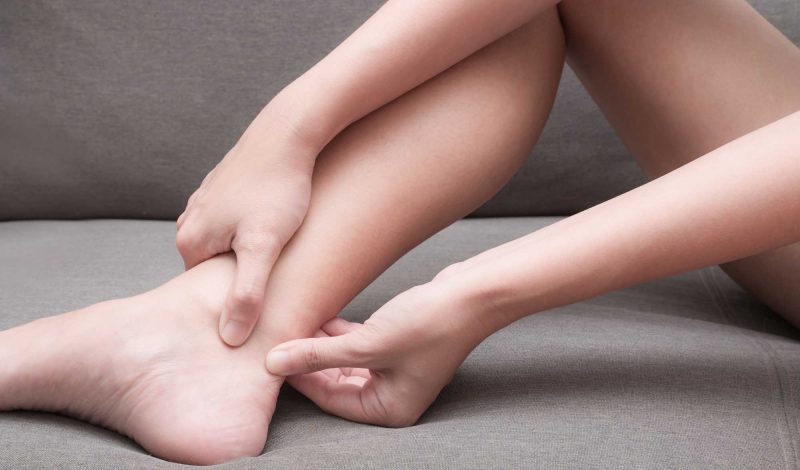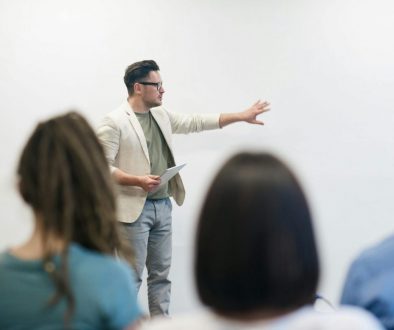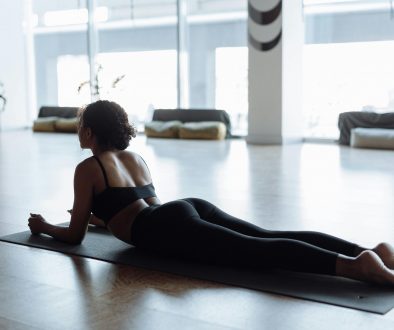Achilles Tendinopathy
Introduction to Achilles tendinopathy
Achilles tendonitis (or tendinopathy) is a common and painful condition that we frequently see here within the clinic, that may consist of pain, swelling and limited mobility around the Achilles tendon and heel area. Achilles tendon problems are one of the most common types of over-use type injury, but the pain itself may actually develop very quickly, or gradually over time.
Achilles tendon problems are thought to affect up to 9% of runners, and around 5% of professional athletes, however it can also develop in those who are overweight, less active and more elderly.
Cause of the injury
Although the people we often see with Achilles tendon problems are caused through overuse, or overloading of the tendon in some way, there are a number of separate identified causes some of which are listed here:
- Increased running distances or hill training
- Poor shock absorption (footwear related)
- Problems with foot alignment and positioning
- Differences in leg length
- Other biomechanical foot issues
- Increased age
- Corticosteroid use or recent use of some types of antibiotics
- Obesity
- Diabetes
- Auto-immune conditions
This is why a thorough consultation is always necessary when seeing a Chiropractor, or other healthcare professional, in order to decide upon the correct course of action.
Achilles Tendinopathy or Tendonitis?
Generally, these terms are actually used interchangeably when talking about Achilles tendon problems. Each one however does have a slightly different meaning:
- When the Achilles tendon is painful and also showing signs of inflammation (such as redness and swelling), this is described as a ‘tendinitis’
- When an Achilles tendon is painful but not showing those signs of inflammation, we may refer to this as a
Fortunately, the management of these problems is actually fairly similar, the options for which are outlined below.
How to deal with my Achilles tendon problem – treatment options
Fortunately, many Achilles tendonitis issues do in fact resolve gradually and can heal over weeks or months, but there are various treatment options available for these sorts of conditions, with varying amounts of benefit.
The first thing is to discuss and then aim to reduce any of the potential risk factors outlined above, where possible, which will largely depend on the person. Chiropractors, osteopaths and physiotherapists are trained to assess and help address any foot, ankle or bio-mechanical issues that may be a contributing factor. The chiropractors like myself here at Skelian will also aim to give you some practical advice to help manage the pain on a day to day basis. Sometimes this is rest, at other times it is modification to the sport or activities you are doing each day. Footwear may have a part to play in some people, as will certain foot and ankle mechanics.
If treatment is deemed appropriate, there are a number of options available, which will be discussed with you at your initial consultation. It will however depend on what stage of the injury and healing process you are at as well as all your individual factors involved. Some commonly used treatment options and management approaches are:
- Initial rest in more acute cases
- Correction of any foot alignment issues through orthotics is thought to be helpful if appropriate (but does lack strong evidence)
- Shockwave therapy has been shown to have a success rate of around 70% for Achilles tendinitis/tendinopathy cases
- Deep friction massage or “cross-friction” across the tendon itself
- A gradual, graded return to exercise and loading is often advised
- A strengthening phase done as an “eccentric loading programme” where the calf muscles are loaded whilst the tendon is elongated
Some people with more long term problematic Achilles issues have asked about the use of steroid injections into the Achilles tendon. This is an area where steroid (cortisone) injection are not normally used because of the actual increased risk of rupture- something that should be avoided.
Like most issues, prevention is better than cure and a lot of the time just being sensible and mindful (unlike myself!) is a good starting point. You also don’t need to have pain to have your motion and biomechanics assessed either. Any knowledgeable healthcare professional will be able to assess you on this basis if you have concerns about a recurrence of a past injury or you just want to know how you can function at your best.
If you have had or are suffering from Achilles tendon pain and would like to discuss your case with one of our team, please don’t hesitate to get in touch with us at Skelian clinic.
References
https://www.ncbi.nlm.nih.gov/pmc/articles/PMC5112330/
https://www.ncbi.nlm.nih.gov/pubmed/29300224
https://www.ncbi.nlm.nih.gov/pubmed/22234925
Links
https://www.instagram.com/skelian_chiropractic/
https://www.facebook.com/skelianclinic/
https://www.youtube.com/channel/UCCJ9BXYUAAfOie7zTUUeIKA/videos



